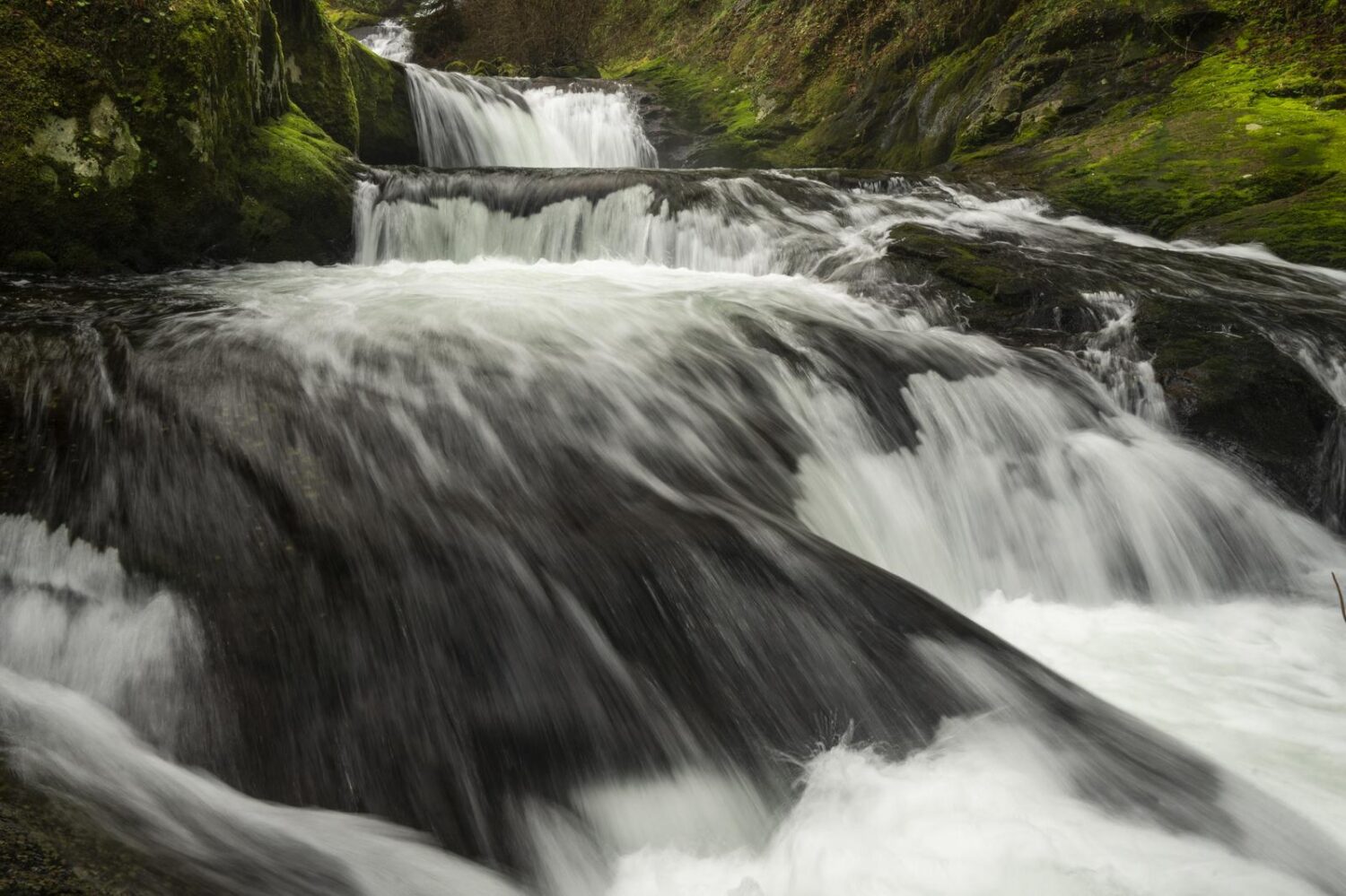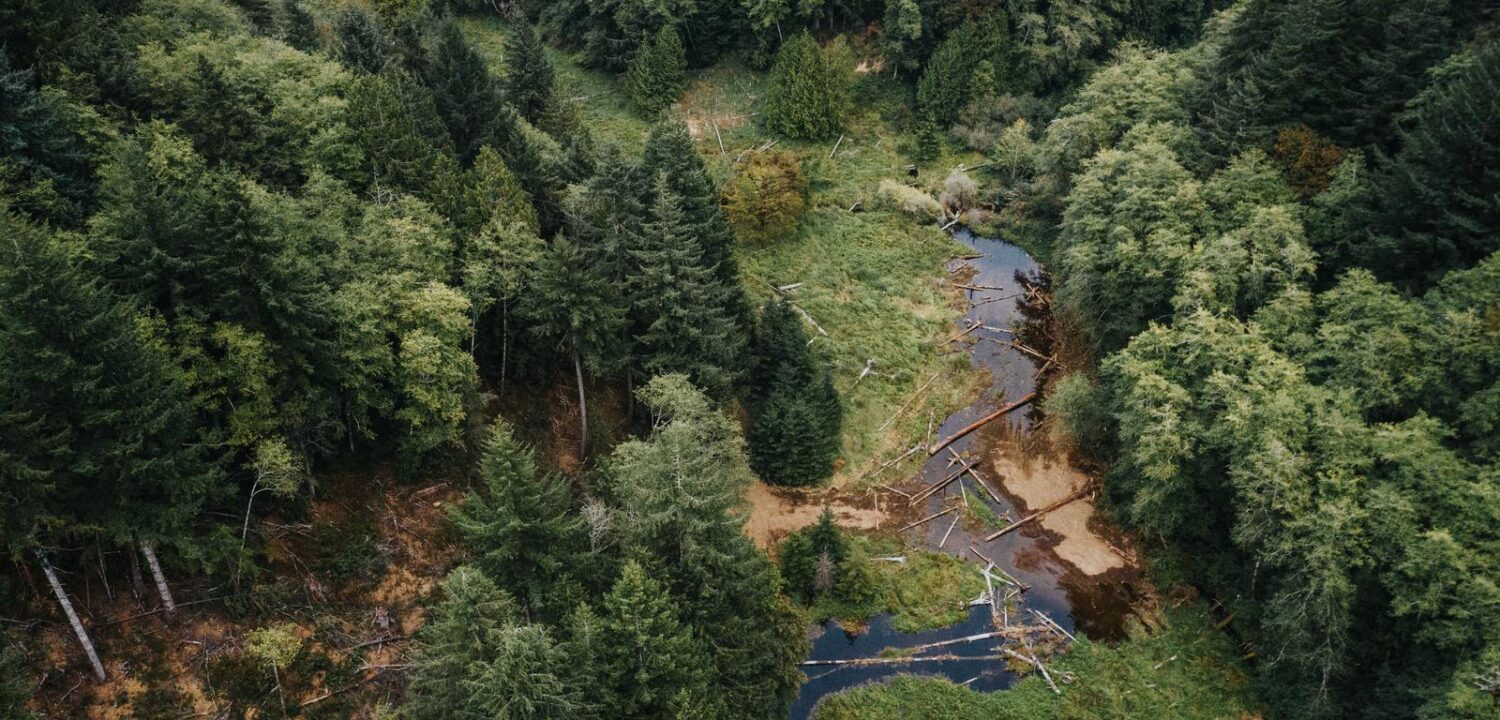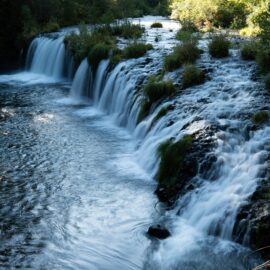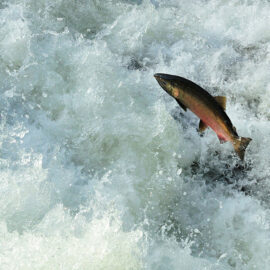You can’t protect streamflow without knowing where the water goes. New funding aims to keep closer tabs on the rivers that sustain Oregon’s salmon.
For millions of years, through ice ages, droughts and floods, salmon adapted. But things are getting hotter across the Pacific Rim, and pretty much everywhere else. Early July 2023 brought the planet’s warmest consecutive three days since at least 1979—and likely in the last 100,000 years. In Oregon, record heat coincides with record low streamflows for many salmon systems.
“What salmon are experiencing across their range right now will have consequences for the next generation, and beyond,” says Caylin Barter, Wild Salmon Center’s Oregon Water Policy Senior Program Manager. “During their time in freshwater, salmon are now regularly dealing with dangerously hot and low river flows. There’s a lot we can’t control out there, but there are obvious and achievable ways we can do a better job of protecting our home waters.”
The Oregon Legislature seems to agree, due in no small part to the sustained advocacy of the Oregon Water Partnership: a WSC-convened coalition of seven statewide conservation groups fighting for balanced water policies that ensure abundant cold clean water to sustain our communities, livelihoods, and ecosystems.
“There’s a lot we can’t control out there, but there are obvious and achievable ways we can do a better job of protecting our home waters.”
WSC Oregon Water Policy Senior Program Manager Caylin Barter
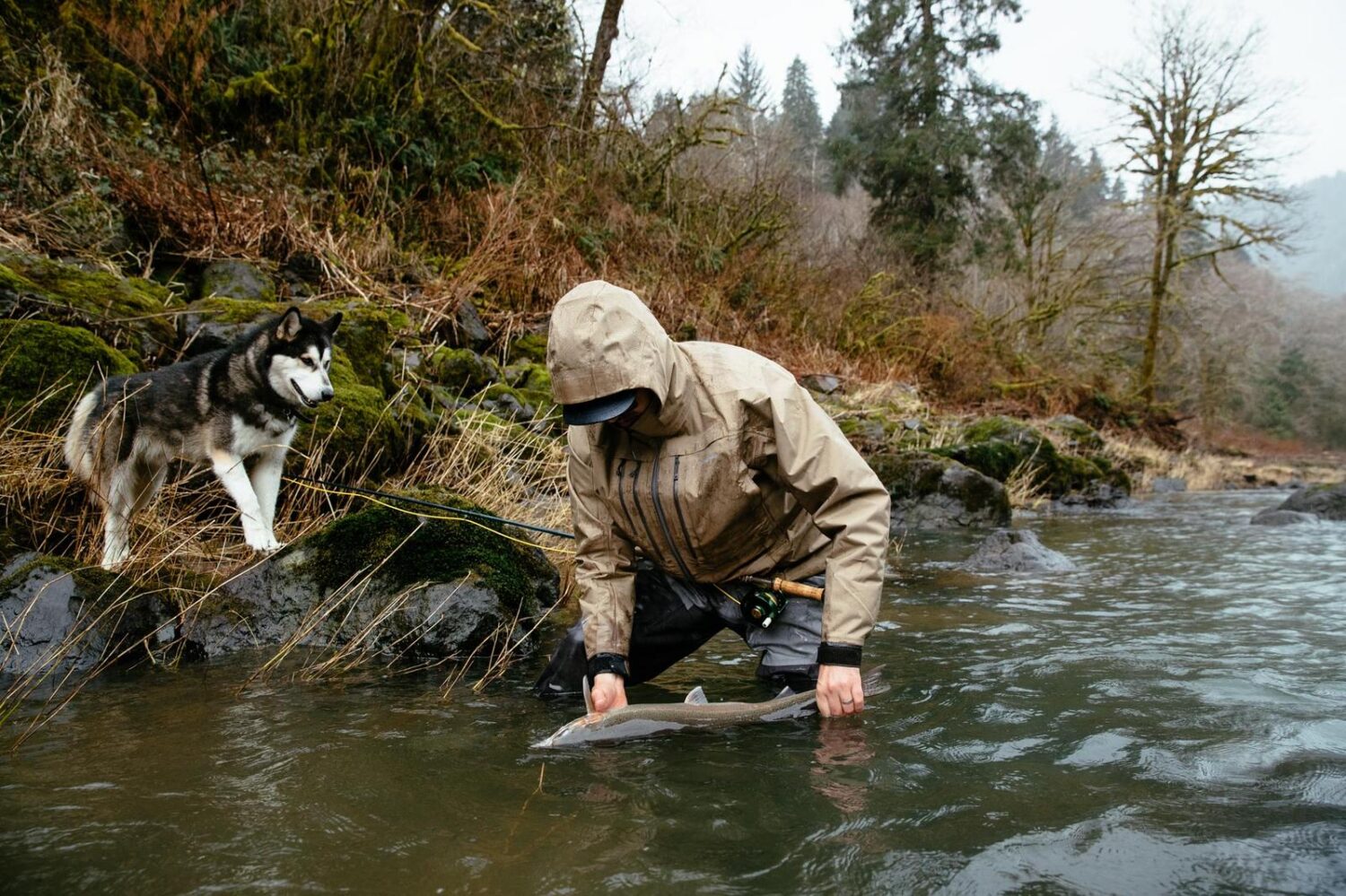
The legislatively approved 2023-25 biennial budget includes historic levels of drought and water security funding, with allocations topping $174 million. (Read OWP’s press release detailing these commitments.) For salmon, this means an injection of tens of millions of dollars for fish passage barrier removal, streamflow restoration, source water protection, and river monitoring and modeling.
This new funding also means that big water investments in the previous biennial budget won’t be one-offs. The 2021-23 budget, for example, included a $1.25 million investment to enhance streamgage systems for coastal rivers including the Rogue, Siuslaw, and Siletz—rivers that support Oregon’s healthiest remaining populations of wild fish. Streamgages provide real-time river flow data that can be accessed online from anywhere. Yet over the past decade, many have been blinking out, casualties of funding cuts at the state and federal level.
Now, under the direction of the Oregon Department of Fish and Wildlife, new streamgages are being installed—gages that measure both flow and water temperature—and existing flow gages are getting upgraded with temperature functionality in 34 locations from the Rogue to the Nehalem. That’s great news for key salmon streams like Lake Creek, a previously ungaged Siuslaw tributary that serves as the basin’s largest producer of fall Chinook and contributes up to a third of the mainstem’s flow.
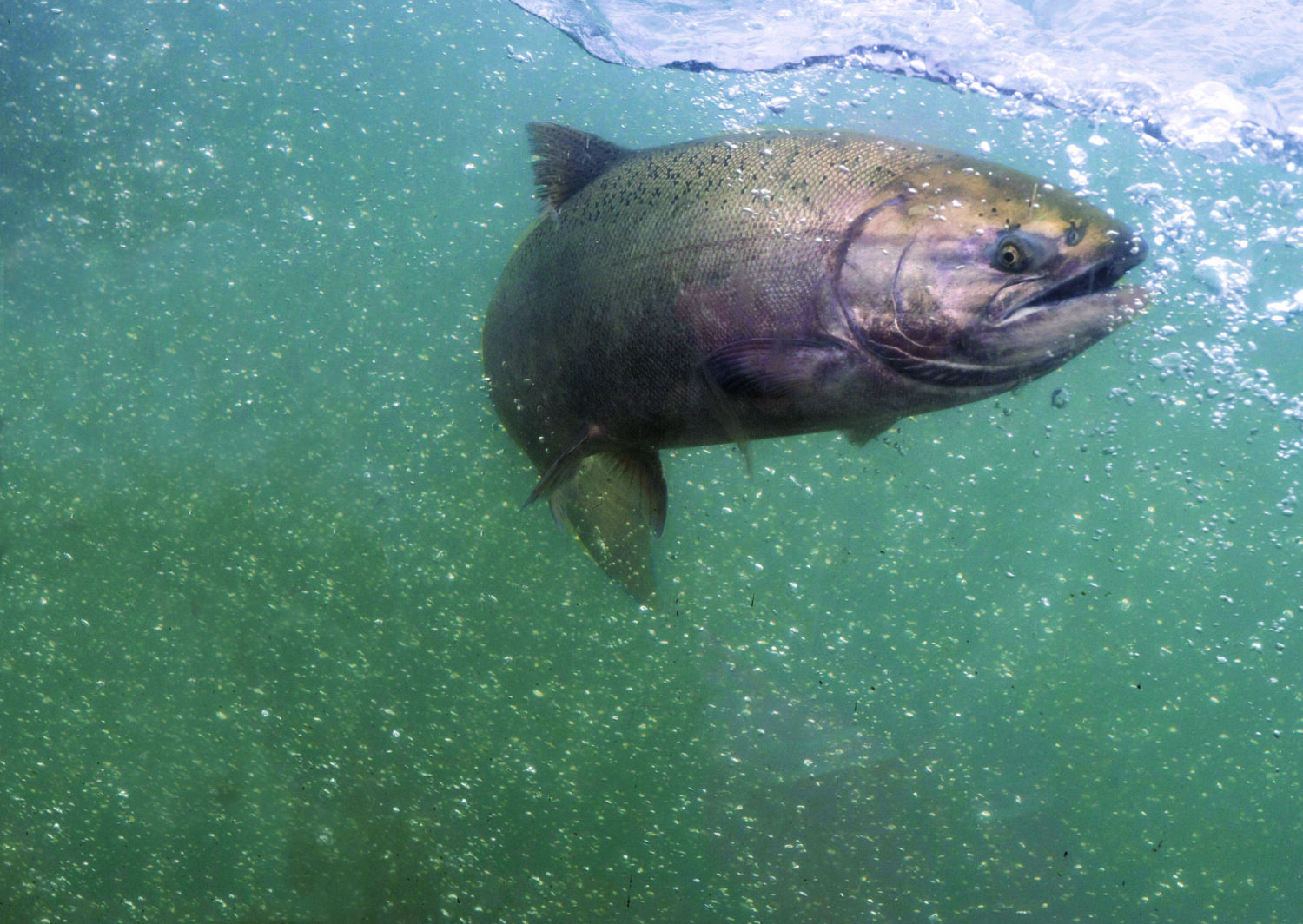
The 2023-25 budget also contains funding that will sustain the stations’ operation and maintenance into the future, as well as field crews to deploy hundreds of additional portable temperature sensors to find cold water pockets within these streams: refugia that’s critical to fish waiting out hot summer months.
“Before now, you had to be literally standing in the water to know the current flow conditions in these rivers,” Barter says. “Now, we’ll be able to access this data from anywhere in real-time, and take proactive measures that could potentially head off future fish kills.”
Sustained funding over two consecutive budget cycles is also fixing fish barriers like outdated dams, spillways, and diversion structures, all of which can prevent salmon from reaching historic spawning and rearing habitat. Sixty-five fish passage projects received funding from $8 million allocated in the 2021-23 budget. That state funding leveraged an additional $14 million in federal funds to complete half of these projects and get design and engineering underway for the rest.
Now, an $8.75 million allocation in the 2023-25 budget will help fund even more fish passage projects, many identified through Strategic Action Plans developed by the WSC-managed Coast Coho Partnership. This pipeline of shovel-ready projects is likely to attract some of the unprecedented federal water funding available through the Bipartisan Infrastructure Law, Inflation Reduction Act, and other sources.
“Before now, you had to be literally standing in the water to know the current flow conditions in these rivers. Now, we’ll be able to access this data from anywhere in real-time, and take proactive measures that could potentially head off future fish kills.”
WSC Oregon Water Policy Senior Program Manager Caylin Barter
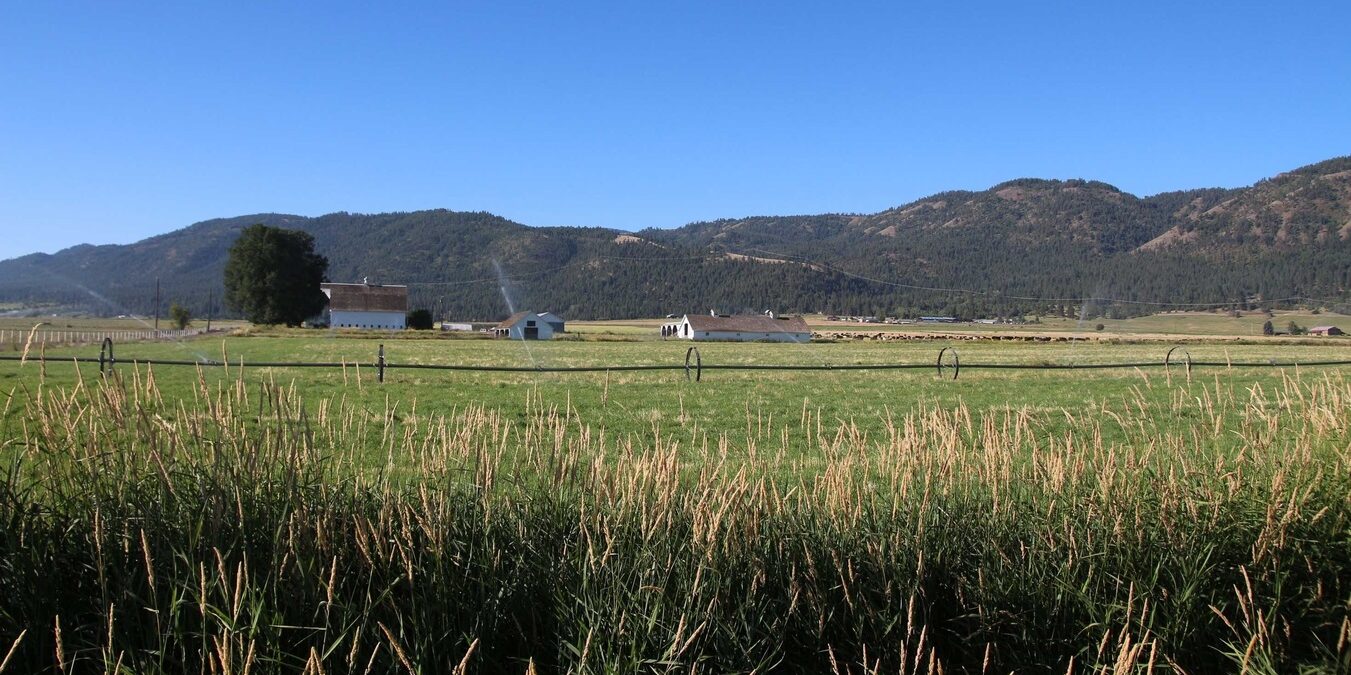
Another big-ticket item included in the 2023-25 budget is bond authority to generate $50 million in grants and loans for irrigation modernization. Water use by irrigated agriculture accounts for roughly 85 percent of statewide water demand, which is why improvements to agricultural water use are needed to balance our overall water budget. Irrigation modernization grants will help farmers and ranchers invest in high-efficiency sprinkler systems, finance canal improvements, and improve water scheduling. Agricultural users who agree to dedicate a portion of their water rights to streams—a fish-friendly incentive that WSC and its partners made sure was included in the final package—will have priority access to the grants.
Many of the drought and water security allocations included in the 2023-25 budget closely match the 2023 legislative priorities of Oregon Water Partnership; a reflection of the partnership’s growing clout. With these big wins for water now rolling out, Barter says she’s focusing on expanding these gains by stopping further withdrawals that threaten coldwater fish, restoring flows in struggling systems, and increasing capacity of local communities to advocate for their rivers.
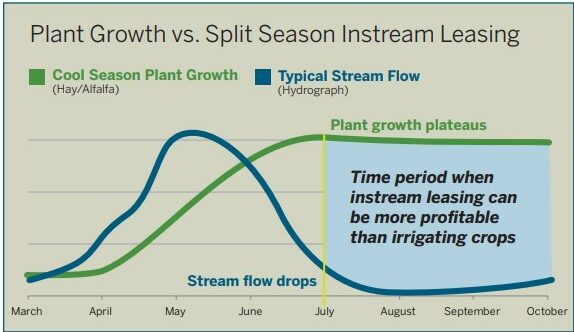
“If there’s a silver lining in Oregon’s outdated water policies, it’s that we have a lot of ways to move the needle for people and fish,” Barter says. “And coming out of this last legislative session, it’s clear that Oregon policymakers are now ready to take serious action.”
Barter points to an uptick in funding for the Oregon Water Resources Department, an agency that has long struggled with budget cuts and understaffing. For years, OWRD has relied on Cold War-era data and equipment to assess water availability. Now, new funding will allow the agency to fund a full upgrade to a modern and resilient water model. Another big boost for OWRD is a near doubling of its water project grants: funding that among other things can help ranchers upgrade their irrigation systems and keep more late-season water in salmon streams.
“Our water reality isn’t what it was more than a century ago,” Barter says. “Like salmon, we need to adapt. Every step we take now to align our water policies with what we’re all experiencing today gets us closer to a world where people and fish can still thrive together.”
“If there’s a silver lining in Oregon’s outdated water policies, it’s that we have a lot of ways to move the needle for people and fish. And it’s clear that Oregon policymakers are ready to take serious action.”
WSC Oregon Water Policy Senior Program Manager Caylin Barter
